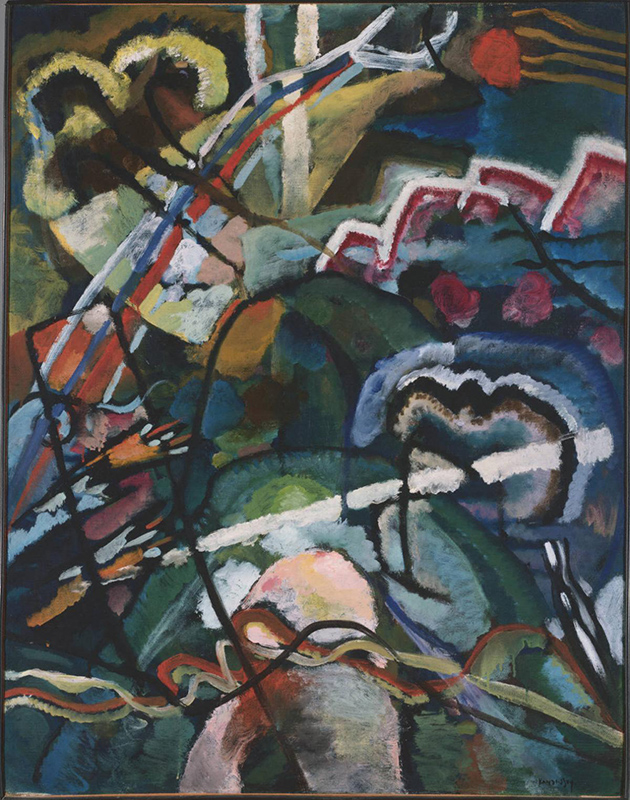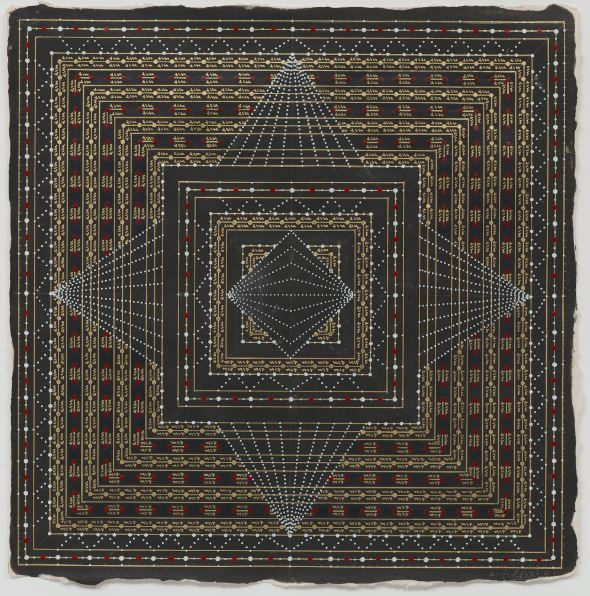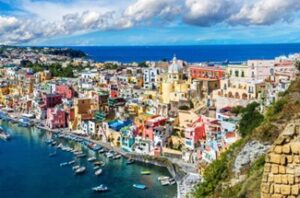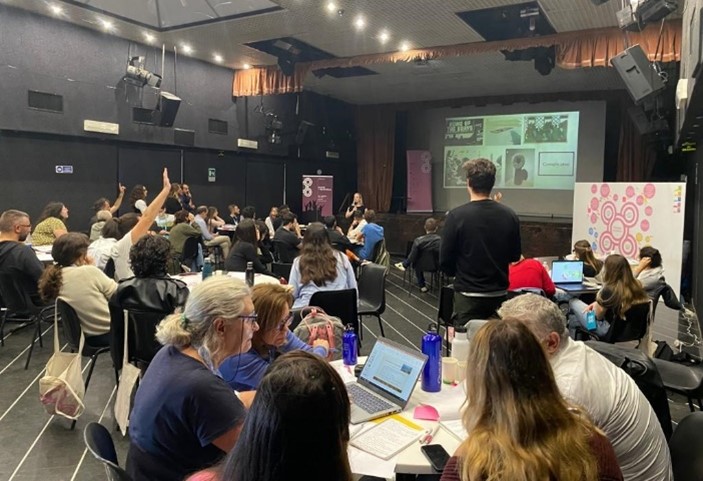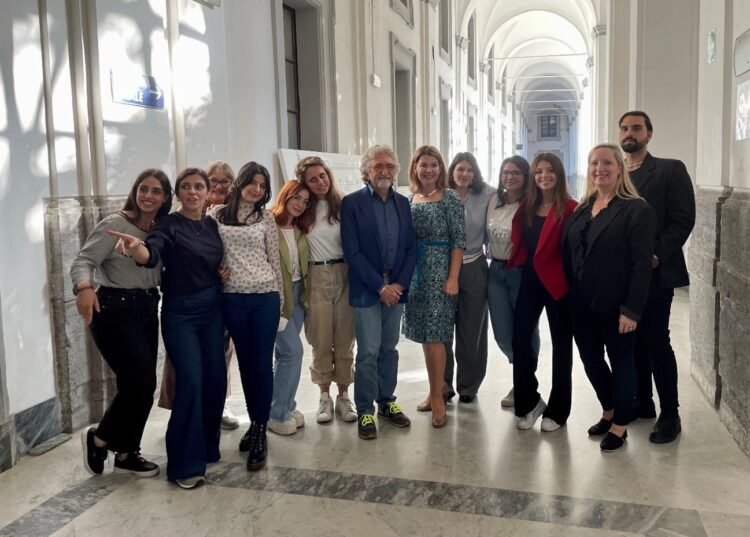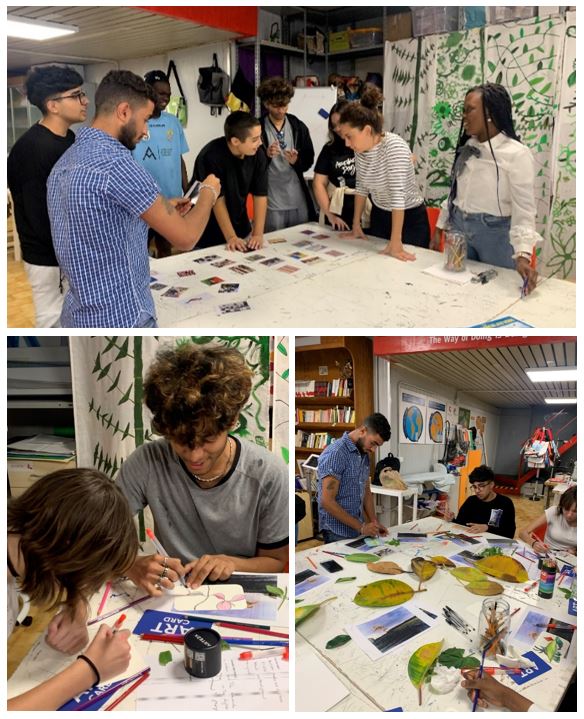Meet our 2022-23 Fellows. As part of our institutional values and commitment to diversity, equity, accessibility, and inclusion, the fellowship program is a comprehensive, yearlong paid program that includes hands-on experience, mentoring, and professional development.
Xin Zheng is the Makeba Clay Diversity Fellow, and will support The Phillip Collection’s Institutional History Project. Led by the curatorial and DEAI departments, the Institutional History Project seeks to deepen our knowledge of the museum’s history through socio-cultural, political, and intersectional lens, to critically and consciously engage our past, and address issues of system racism and inequity, as we consider how we will chart a meaningful and relevant future.
Xin is a senior at Georgetown University double majoring in history and art history. Before coming to the Phillips, Xin worked at the Queens Museum in New York and Hirshhorn Museum and Sculpture Garden, and is also a member of the Georgetown Humanities Initiative Advisory Board. After graduating from Georgetown, he intends to pursue a PhD in Art History.
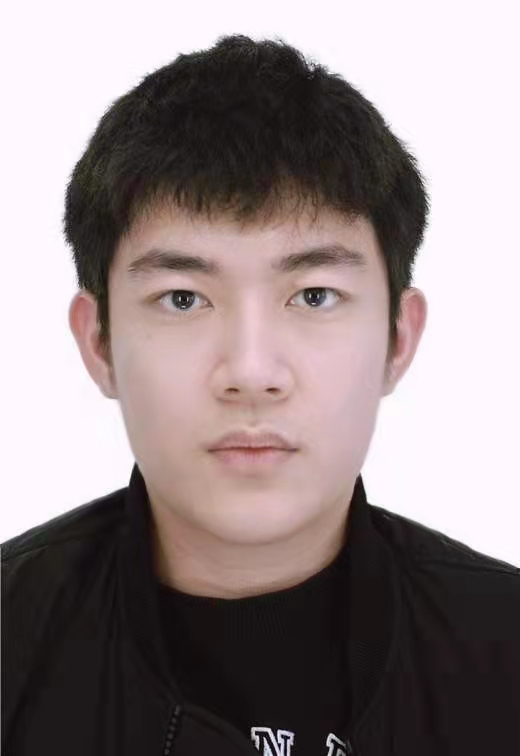
Xin Zheng, Georgetown University
Why are you interested in working at a museum?
I am interested in working at a museum because I think museums are important places where culture is not only preserved but also exchanged. As a minority myself, I appreciate that museums are starting to view art as a universal language that has meaning beyond the aesthetics, and I wanted to participate in this bigger movement.
What brought you to The Phillips Collection?
The Phillips Collection came to my attention after Professor Michelle C. Wang of Georgetown University’s Department of Art History shared the opportunity with me. After reading more about The Phillips Collection’s vision for the future, I respect its attempt to rethinking its place in history. I was especially drawn to the Phillips’s commitment to diversity, equity, accessibility, and inclusion. I believe the fellowship not only fits my career interests but also my understanding of a museum.
Please tell us about the projects that you will be working on during your fellowship. What do you hope to accomplish during your fellowship?
My fellowship is part of the Institutional History Project. I will focus on exploring The Phillips Collection’s history from the 40s to the 70s. I will look at how the museum has changed internally, its contributions to the museum industry, and its domestic and international impact. Toward the second half of the fellowship, I will also be working on individual artists and looking at their connections with the Phillips. In the end, I hope to find relevant information that would help the museum to recontextualize itself in history through a DEAI lens.
What is your favorite painting in the collection?
I especially enjoy Joan Miró’s The Red Sun.
If you were to describe The Phillips Collection in one word, what would that word be?
I would describe The Phillips Collection as intimate.
What is a fun fact about you?
If the art history path doesn’t work out, I aspire to become a chef.

